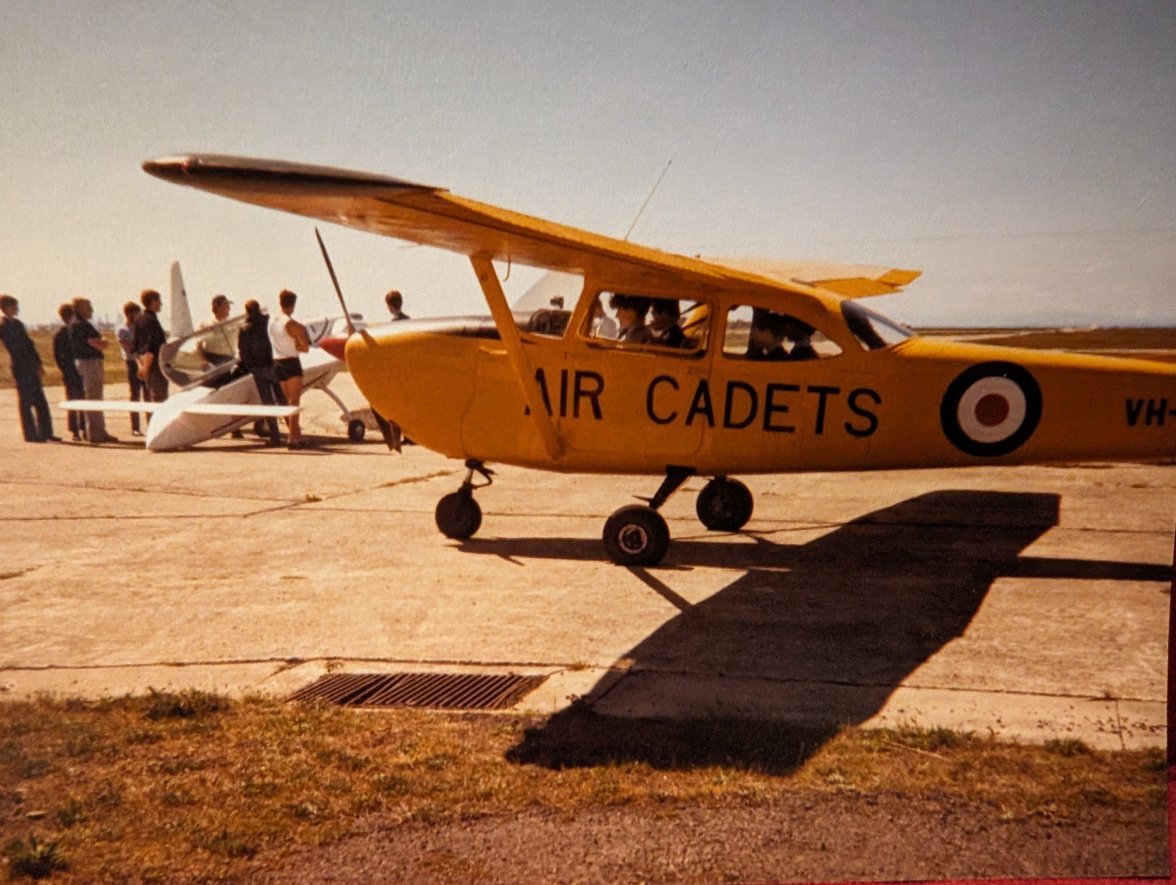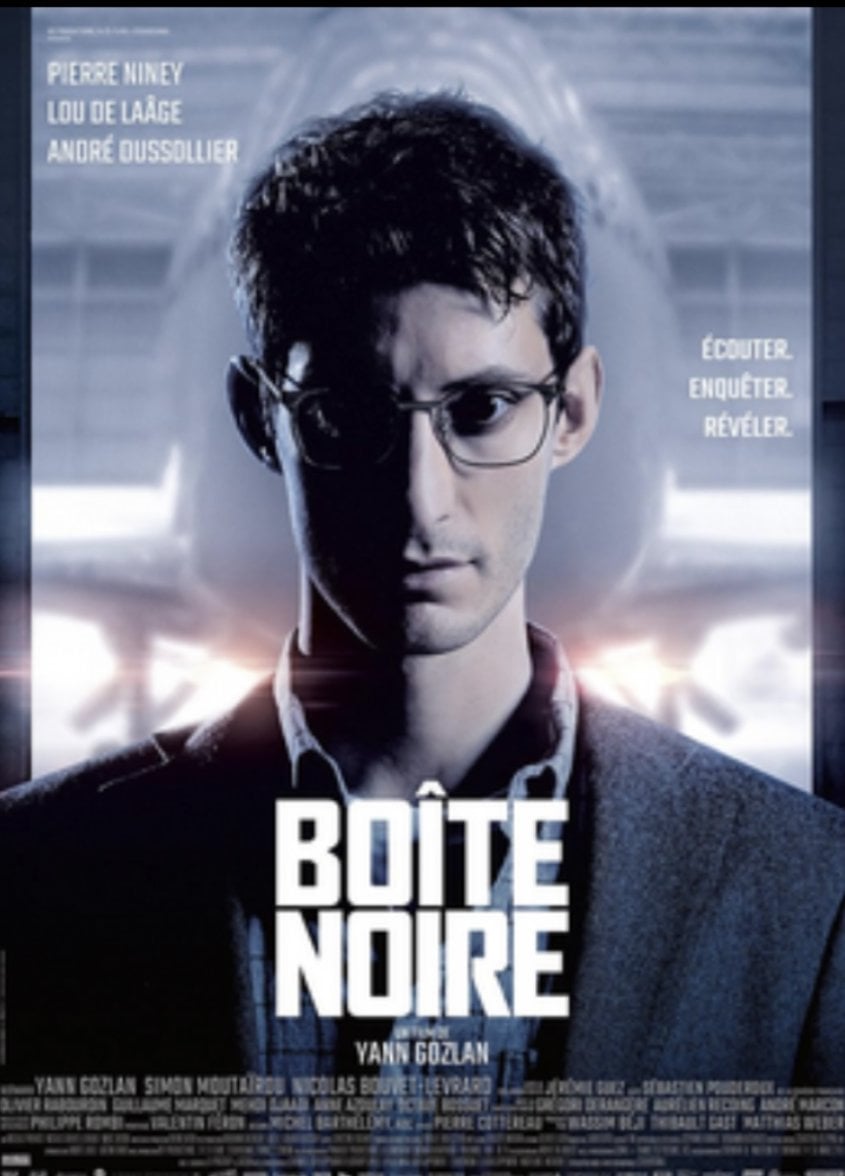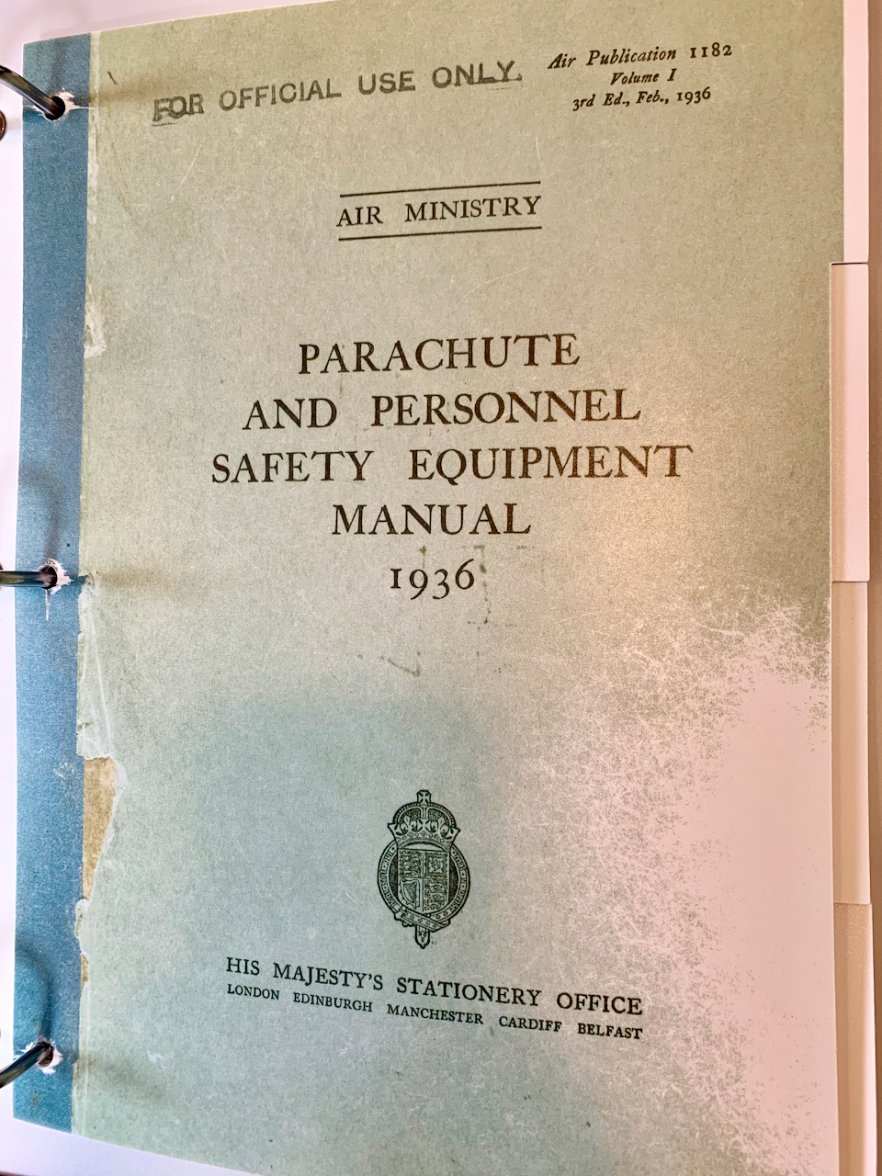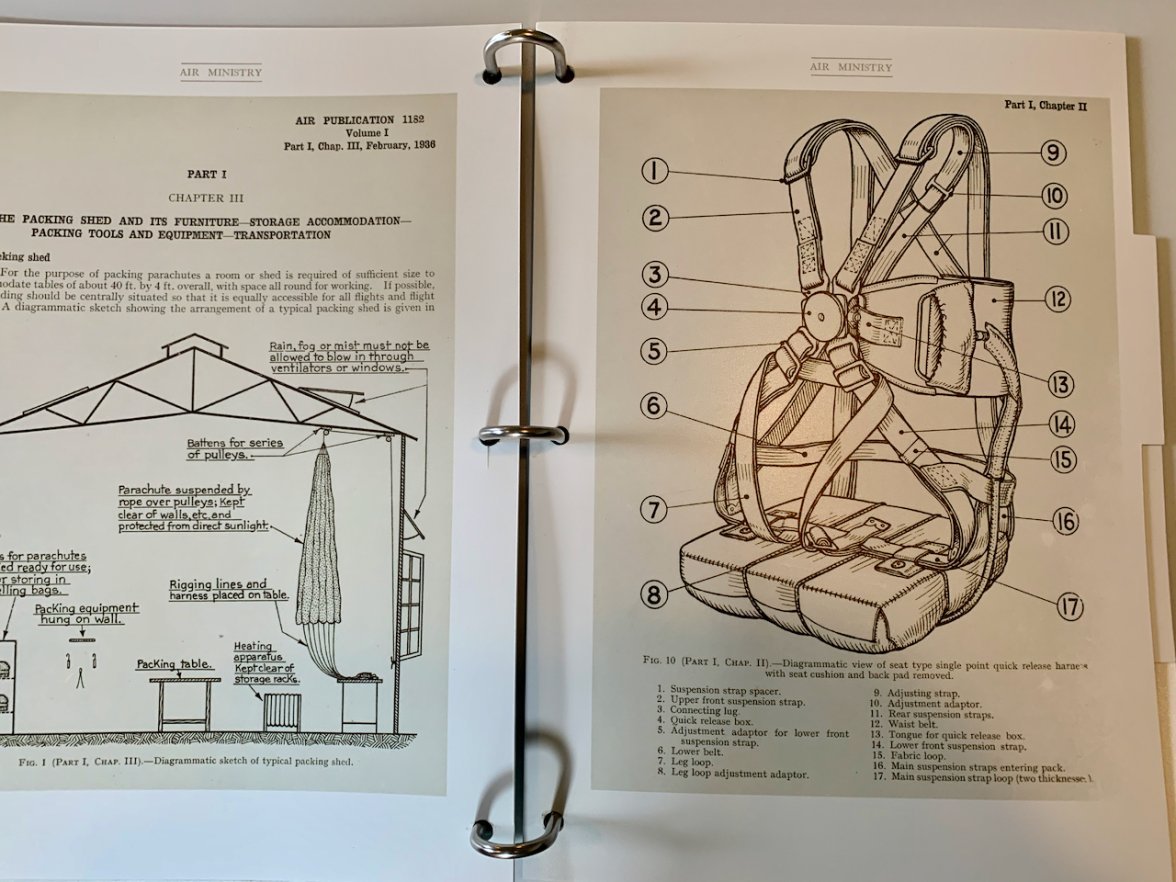The Aviators Thread
JimInOz
··Melbourne AustraliaI know some people are averse to using Facebook/Youtube etc, but I'd recommend this for all aviation lovers.
This guy is a local aviation adventurer who restored our beautiful art deco movie theatre and spends his spare time making aviation movies.
He will be re-enacting the first circumnavigation of Australia by air that took place 100 years ago.
From his appeal on FB where he needs subscribers (my bold).
This year marks the 100th anniversary since the first flight around Australia, sponsored by Australian Geographic. I’ll be retracing this route, 100 years to the day and same places over 44 days, starting on April 6th from Pt Cook RAAF base, for a circumnavigation of Australia. The navigation notes are: follow the beach all the way around Australia until I get back to Pt Cook!
I will be sharing stories along the way, on Insta / FB, with Aus Geo and on new YouTube channel - Southern Sun TV - but need to crack 1000 subscribers to be able to do unrestricted live posts - I have installed a Starlink satellite dish in Southern Sun with a 360 camera on the nose so I expect to be sharing some pretty epic footage as I follow the beach around the coast of Australia.
Please subscribe to my channel and I think you’ll enjoy the ride
www.youtube.com/@SouthernSunTV
Also, please follow Southern Sun FB where I’ll be sharing short pieces and advising when live events are about to begin.
Please also share with any folks you think would enjoy…
Huzzah !
Thanks and Cheerio, M
I'm sure that @DoctorEvil is familiar with the base at Poiny Cook where the journey will start and end.
Here is the FB link to get you started.
https://www.facebook.com/story.php?story_fbid=805614541610552&id=100064860391157
Please subscribe if you want to and enjoy the ride.
This guy is a local aviation adventurer who restored our beautiful art deco movie theatre and spends his spare time making aviation movies.
He will be re-enacting the first circumnavigation of Australia by air that took place 100 years ago.
From his appeal on FB where he needs subscribers (my bold).
This year marks the 100th anniversary since the first flight around Australia, sponsored by Australian Geographic. I’ll be retracing this route, 100 years to the day and same places over 44 days, starting on April 6th from Pt Cook RAAF base, for a circumnavigation of Australia. The navigation notes are: follow the beach all the way around Australia until I get back to Pt Cook!
I will be sharing stories along the way, on Insta / FB, with Aus Geo and on new YouTube channel - Southern Sun TV - but need to crack 1000 subscribers to be able to do unrestricted live posts - I have installed a Starlink satellite dish in Southern Sun with a 360 camera on the nose so I expect to be sharing some pretty epic footage as I follow the beach around the coast of Australia.
Please subscribe to my channel and I think you’ll enjoy the ride

www.youtube.com/@SouthernSunTV
Also, please follow Southern Sun FB where I’ll be sharing short pieces and advising when live events are about to begin.
Please also share with any folks you think would enjoy…
Huzzah !
Thanks and Cheerio, M
I'm sure that @DoctorEvil is familiar with the base at Poiny Cook where the journey will start and end.
Here is the FB link to get you started.
https://www.facebook.com/story.php?story_fbid=805614541610552&id=100064860391157
Please subscribe if you want to and enjoy the ride.
DoctorEvil
·@JimInOz
Haha. Yes, I'm quite familiar with RAAF Base Point Cook 😀
First went there as a child, visiting the excellent museum. Then went there as a teenaged Air Force cadet doing joy flights in the "Yellow Peril" C172 and did my first solo there.
Later went to Officer Training School there when I became a RAAF medical officer. It's a place that holds many fond memories for me.
For those unfamiliar with RAAF history, Point Cook was the birthplace of the RAAF and is the world's oldest continuously operating military aerodrome. The RAAF celebrated its centenary on March 31st 2021.
Haha. Yes, I'm quite familiar with RAAF Base Point Cook 😀
First went there as a child, visiting the excellent museum. Then went there as a teenaged Air Force cadet doing joy flights in the "Yellow Peril" C172 and did my first solo there.
Later went to Officer Training School there when I became a RAAF medical officer. It's a place that holds many fond memories for me.
For those unfamiliar with RAAF history, Point Cook was the birthplace of the RAAF and is the world's oldest continuously operating military aerodrome. The RAAF celebrated its centenary on March 31st 2021.
64Wing
·Anybody have leads on flying jobs in Indiana? Looking to relocate there. Flying dried up where I was captain 🤬
Omegafanman
·Watched the French film Black Box last night… interesting take on the potential for corruption when regulators are too close to manufacturers….. more importantly was the lead actor wearing a Globemaster?
https://en.wikipedia.org/wiki/Black_Box_(2021_film)
.
https://en.wikipedia.org/wiki/Black_Box_(2021_film)
.
Malthus101
·Landing at Hong Kong's Kai Tak Airport runway 13 was hairy enough in a B747. Coming in low over the city before a sharp right hand turn pretty much straight on to the runway threshold. But in a Concorde? Wow...
Malthus101
·Is it a better idea to learn on a single engine aircraft than a twin?
I love the Diamond DA-62 but they make a single called the DA-40 which MSFS2020 has in the standard package.
Or doesn't it matter? I suppose there is more to learn with the twin as there is procedure for what to do if one engine goes out.
Also, with many modern planes all using Garmin displays, does that make "6-packs" increasingly obsolete? Which should a new pilot learn on? I would think it's better to learn on the traditional equipment so you really understand what it's doing, then moving to electronic only will make more sense.
(kind of like learning photography on film before going digital)
I love the Diamond DA-62 but they make a single called the DA-40 which MSFS2020 has in the standard package.
Or doesn't it matter? I suppose there is more to learn with the twin as there is procedure for what to do if one engine goes out.
Also, with many modern planes all using Garmin displays, does that make "6-packs" increasingly obsolete? Which should a new pilot learn on? I would think it's better to learn on the traditional equipment so you really understand what it's doing, then moving to electronic only will make more sense.
(kind of like learning photography on film before going digital)
DoctorEvil
·Is it a better idea to learn on a single engine aircraft than a twin?
I love the Diamond DA-62 but they make a single called the DA-40 which MSFS2020 has in the standard package.
Or doesn't it matter? I suppose there is more to learn with the twin as there is procedure for what to do if one engine goes out.
Also, with many modern planes all using Garmin displays, does that make "6-packs" increasingly obsolete? Which should a new pilot learn on? I would think it's better to learn on the traditional equipment so you really understand what it's doing, then moving to electronic only will make more sense.
(kind of like learning photography on film before going digital)
With regards to instruments and avionics, I'd prefer to learn on a traditional 6-pack rather than an LCD screen in front of me. I'm old school I guess. It teaches you how to develop a good scan pattern, especially when you're learning to fly on instruments only.
Malthus101
·Personally, I think it would be better to learn on a single engined aircraft first to get your PPL/CPL and then add a twin endorsement afterwards. When you're a student pilot, you've already got your hands full with just flying and navigating, without having to contend with the added complexity of a twin engined craft. Twin engined craft also tend to have higher performance than most single engined GA trainers, so things happen a lot more quickly when you fly them. Not ideal for students.
With regards to instruments and avionics, I'd prefer to learn on a traditional 6-pack rather than an LCD screen in front of me. I'm old school I guess. It teaches you how to develop a good scan pattern, especially when you're learning to fly on instruments only.
Does "scan patterns" essentially mean, keeping a look at all the dials?
JimInOz
··Melbourne Australia"Personally, I think it would be better to learn on a single engined aircraft first to get your PPL/CPL and then add a twin endorsement afterwards. When you're a student pilot, you've already got your hands full with just flying and navigating, without having to contend with the added complexity of a twin engined craft. Twin engined craft also tend to have higher performance than most single engined GA trainers, so things happen a lot more quickly when you fly them. Not ideal for students..............."
Well, @DoctorEvil has put it simply and clearly. 👍
I learn't to fly in Cessna 150s/172s many years ago (mid 1960s) and getting the basics is the most important phase of the learing experience.
It's easier to deal with one engine (throttle/mixture/pitch) than try to coordinate two while juggling all of the other aspects.
Once confidence and proficiency is gained on singles, a twin endorsement is more manageable (ignoring the additional expense).
Well, @DoctorEvil has put it simply and clearly. 👍
I learn't to fly in Cessna 150s/172s many years ago (mid 1960s) and getting the basics is the most important phase of the learing experience.
It's easier to deal with one engine (throttle/mixture/pitch) than try to coordinate two while juggling all of the other aspects.
Once confidence and proficiency is gained on singles, a twin endorsement is more manageable (ignoring the additional expense).
Malthus101
·And in terms of single engine aircraft, are they much the same , ie, a Cesna or a DA-20? (from reading it seems the DA-20 now uses G500TXi Avionics but the older ones use dials I think. I agree that I'd rather learn on dials, then take that knoweldge and apply to computerized Garmin screens later.
DoctorEvil
·Does "scan patterns" essentially mean, keeping a look at all the dials?
DoctorEvil
·And in terms of single engine aircraft, are they much the same , ie, a Cesna or a DA-20? (from reading it seems the DA-20 now uses G500TXi Avionics but the older ones use dials I think. I agree that I'd rather learn on dials, then take that knoweldge and apply to computerized Garmin screens later.
Malthus101
·I see, I see.... maybe best to learn and get the license on the easiest craft possible to make it easy on myself! Then get a bit flashy later once I actually have some experience and know what I'm doing a bit more... 😉
Thanks!
Thanks!
64Wing
·I've flown the DA20. It's not a bad trainer, but does have some quirks...like, if you go mixture full rich per the before landing checklist and then initiate a go-around, that Continental 240 will cough on you. Best to leave the mixture leaned out a bit. Also, it's the only airplane I've ever flown where sometimes (emphasis on sometimes) you need opposite rudder to stay coordinated.
I'd highly recommend training in a single first if for no other reason than cost. Beyond that, let's say you do have a pile of cash lying about: even if you did all your training in a twin from the start, and you pass your check ride at 100 hours (which would be my estimate for learning in a twin), no one will insure you in one.
Will also add my $0.02 on another aircraft to avoid. Might get roasted for this, but it's my opinion and I'm sticking to it. Stay away from primary training in a Cirrus. You need to learn how to fly an airplane, not how to use fancy avionics. The Cirrus has too much power that students can use to salvage a maneuver and form bad techniques. So rather than learning proper techniques, they don't even realize they formed a bad habit. Then they hop into a lower performance machine...no more ponies to save the day and they bend something (at best).
I think the DA20 would do just fine, but if you can find a local CFI with a 152 or 172 or a Cherokee that might be a little cheaper, that's money saved and a good decision.
PS you'll always wish you started sooner, so get after it!
I'd highly recommend training in a single first if for no other reason than cost. Beyond that, let's say you do have a pile of cash lying about: even if you did all your training in a twin from the start, and you pass your check ride at 100 hours (which would be my estimate for learning in a twin), no one will insure you in one.
Will also add my $0.02 on another aircraft to avoid. Might get roasted for this, but it's my opinion and I'm sticking to it. Stay away from primary training in a Cirrus. You need to learn how to fly an airplane, not how to use fancy avionics. The Cirrus has too much power that students can use to salvage a maneuver and form bad techniques. So rather than learning proper techniques, they don't even realize they formed a bad habit. Then they hop into a lower performance machine...no more ponies to save the day and they bend something (at best).
I think the DA20 would do just fine, but if you can find a local CFI with a 152 or 172 or a Cherokee that might be a little cheaper, that's money saved and a good decision.
PS you'll always wish you started sooner, so get after it!
Malthus101
·I've flown the DA20. It's not a bad trainer, but does have some quirks...like, if you go mixture full rich per the before landing checklist and then initiate a go-around, that Continental 240 will cough on you. Best to leave the mixture leaned out a bit. Also, it's the only airplane I've ever flown where sometimes (emphasis on sometimes) you need opposite rudder to stay coordinated.
I'd highly recommend training in a single first if for no other reason than cost. Beyond that, let's say you do have a pile of cash lying about: even if you did all your training in a twin from the start, and you pass your check ride at 100 hours (which would be my estimate for learning in a twin), no one will insure you in one.
Will also add my $0.02 on another aircraft to avoid. Might get roasted for this, but it's my opinion and I'm sticking to it. Stay away from primary training in a Cirrus. You need to learn how to fly an airplane, not how to use fancy avionics. The Cirrus has too much power that students can use to salvage a maneuver and form bad techniques. So rather than learning proper techniques, they don't even realize they formed a bad habit. Then they hop into a lower performance machine...no more ponies to save the day and they bend something (at best).
I think the DA20 would do just fine, but if you can find a local CFI with a 152 or 172 or a Cherokee that might be a little cheaper, that's money saved and a good decision.
PS you'll always wish you started sooner, so get after it!
Interesting about the insurance aspect, never considerred that. I assumed in aviation, once you have you certificate for a particlar craft, that the insurance is flat rate for anybody.
So it works like cars does it, even in aviation?
Thanks.
64Wing
·Interesting about the insurance aspect, never considerred that. I assumed in aviation, once you have you certificate for a particlar craft, that the insurance is flat rate for anybody.
So it works like cars does it, even in aviation?
Thanks.
I know lots of folks who have owned a particular airplane for years with no accidents, incidents, or violations. Yet, their rate goes up even though they logged 100 more hours time-in-type this year. Evidently, there's a cave full of apes with abacuses determining the premiums for next season.
I totally get why a private non-instrument rated pilot would be a higher risk than a commercial pilot. But I don't understand why a 2,000 hour commercial pilot would see a rate increase when he renews his policy at 2,300 hours next year. Then again, it's no different than having higher premiums in a rural area because there are so many deer hit each year. Similarly, aircraft typically used for training would certainly suffer a higher claim rate than professionally flown ships by virtue of their use. The fleet of 1960s-70s Cessnas & Pipers is shrinking for a host of reasons, too. So, parts support can be scarce until more of them bite the dust and get parted-out. That might bring the cost of certain parts down a bit (unlikely in this economy), but then the claim rate is higher for that type...and so the pendulum swings.
Malthus101
·Sounds like a bit of a nightmare! Maybe they calculate that if you are flying a lot and have not had any accidents YET, that statistically that means you're more likely to have one in the future. (years ago a motorbike guy told me that's how it works)
Reminds me of the old adage:
"If it flies, floats or f***s..... Hire it!"
Reminds me of the old adage:
"If it flies, floats or f***s..... Hire it!"



